What do you call a flashback to a flashback? A flashback-back, or is it a flash-flashback?
Whatever it’s called, this week’s Keppler’s Vault is a double flashback-flashback, first from the May 1952 issue of Popular Photography magazine, who at the time had changed it’s name to Photography magazine, where they reflect back on their first fifteen years. The second, comes 10 years later from May 1962 where they do the same thing, except for their 25th anniversary.
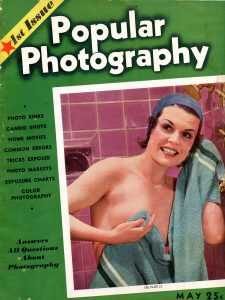
The very first issue of Popular Photography was published in May 1937, and at the time was the first magazine of it’s kind. Sure, there were regular photographic publications, but what had existed prior were very specific journals created for professional “salon” photographers or for specific niches of photography. There wasn’t anything created for the beginning photographer or the person who had an active interest in photography, but didn’t want to make it his or her career.
That first issue had a lot of wow factor, including a full color cover with a pretty lady on the front, a unique green and black table of contents on the first page, 22 feature length articles, and 30 shorter blurbs about all manners of photography. Instead of focusing only on gear, Popular Photography discussed technique and aimed to show how good photos are made. By coming up with creative ways to “glamorize the unglamorous”, Popular Photography helped to widen the scope of what was possible in photography.
It turned out that Popular Photography, ‘scratched an itch’ that was bigger than they had realized and from that very first issue, sales of the new magazine were extremely high. Pop Photo quickly became the number one photographic publication for photography, offering all kinds of insight into the photographic process and introducing the world to other photographers like Arthur “Weegee” Fellig, W. Eugene Smith, and others.
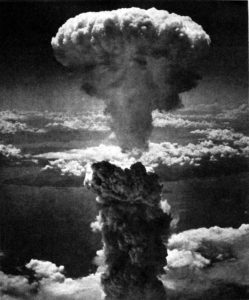
All of this happened at the right time too, as during World War II, Americans became interested in the techniques and images coming back from the front lines. Although photography did exist in earlier wars, World War II was the first war that was largely photographed, showing the world what war was really like. Images were being published from the front lines on a regular basis and people were curious about how those images were made.
In 1937, the 35mm “miniature camera” was still not the dominant format for photography and although there were an ever increasing number of models being released by companies both in Germany and the United States, it wasn’t yet a foregone conclusion that it wasn’t a fad. Of course that would quickly change as by 1952 when this article was written, sharpness of both lenses and fine grained film allowed for quality prints to be made from 35mm cameras.
In the years that followed the war, color film and flash photography became increasingly popular as soldiers settled down, made families, and a new generation of “baby boomers” was born. Later in the article, a graphic showing the number of flashbulbs sold rose from just over 6.5 million in 1937 to nearly a quarter billion in 1950.
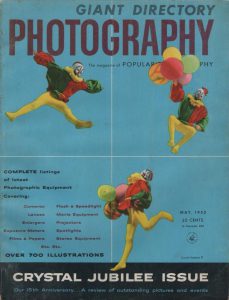
Other firsts that occurred during Pop Photo’s first 15 years were:
- 1941 – GE introduces Speed Midget bulbs that can stop motion at speeds up to 1/150 second
- 1943 – Ilex introduced first internally flash synced shutter
- 1943 – Kodak releases Kodachrome Aero Reversal Film offering a fast speed and easy battle field development
- 1946 – The Norwood Director exposure meter was the first incident light exposure meter
- 1948 – Polaroid Land Camera was the first commercially camera with instant film
- 1948 – The Kodak Synchro-Rapid 800 shutter was the world’s fastest leaf shutter with a top 1/800 speed
- 1949 – First B-C (Battery and Capacitor) flash circuit in the Jenn-Flash II for compact flash photography
The first nine pages of the article are like a retrospective of the landscape of photography from 1937 to 1952 and offer a fascinating glimpse into a great deal of progress and innovation from this time. The last couple pages talk more about Popular Photography itself, even touching upon their decision in January 1952 to drop the name “Popular” from their title, simply referring to themselves as Photography magazine, a decision whcih they would later reverse two years later.
With a heavy emphasis on flash photography in Pop Photo’s first 15 years, maybe it’s more appropriate to call this a flash-flashback, or maybe is a flashback-back about flashes!
Since Pop Photo had such a fun time looking back at their 15th anniversary, 10 years later in 1962, they did it again for their 25th anniversary. This time, they spent the first four pages covering the same period of time that the 15th anniversary covered, so maybe it’s a flashback flash-flashback.
An interesting thing to see is all of the different logos the magazine used over the years, highlighting the evolution of the magazine’s brand and what was considered popular at the time.

By the sixth page of the 25th Anniversary article, a couple of paragraphs are devoted to the rise of the Japanese camera industry and the ascension of the Single Lens Reflex camera over rangefinders.
The article concludes admitting that an infatuation of photographic gear was not likely to end soon, but that photographers had matured in the years since the first issue was written. Available light photography was much easier with faster and sharper lenses and through the lens viewfinders.
It would have been cool to read some predictions of what the future might hold as it’s always fun to see what predictions would come true, but sadly (or perhaps smartly), no one pulled out their crystal balls. Still both the 15 and 25 year retrospectives are interesting to reflect back on today as they cover an immensely innovative period of our hobby.
All scans used with permission by Marc Bergman, 2020.

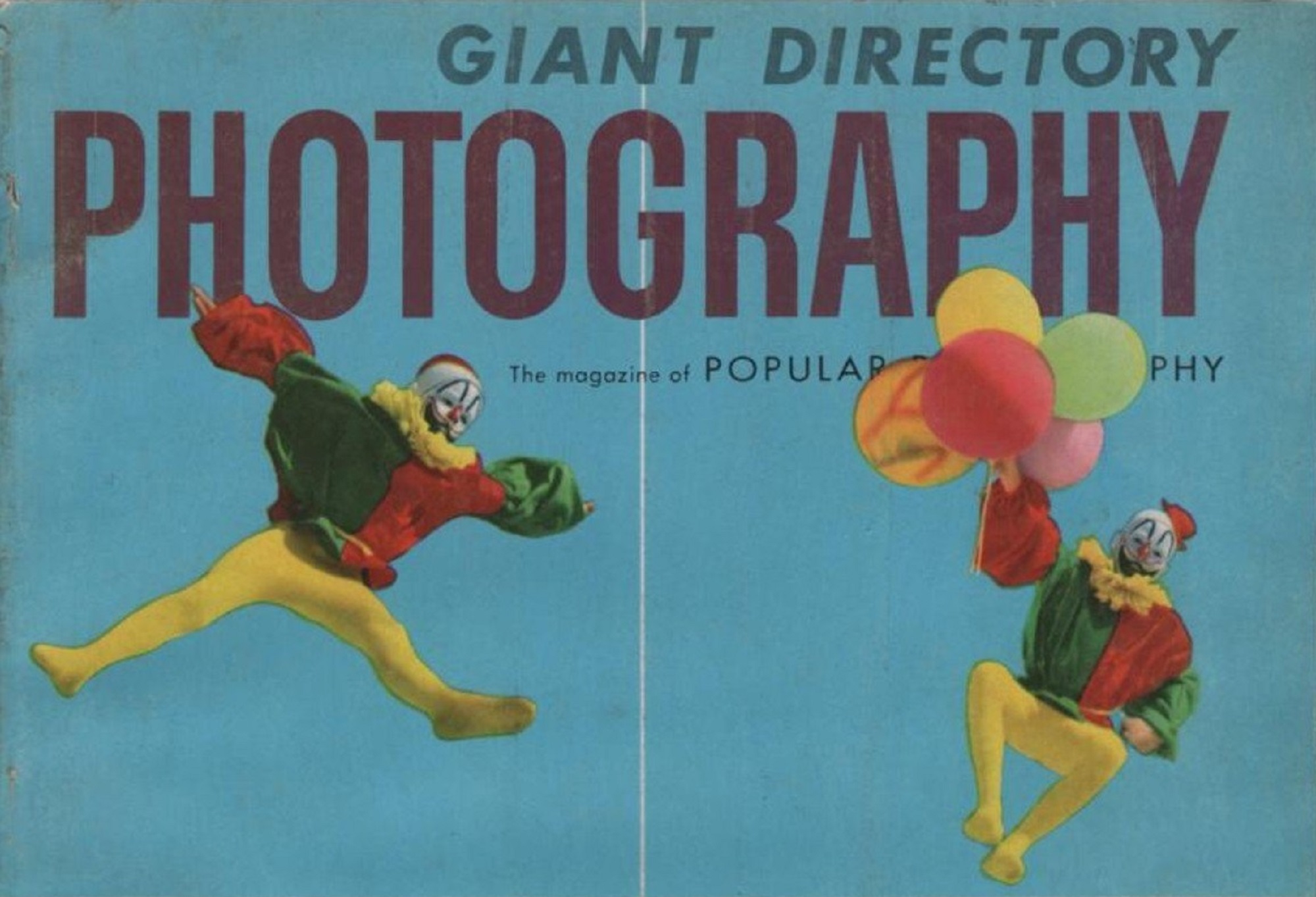
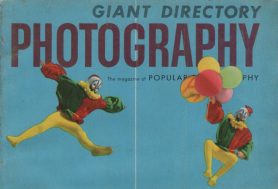
Thanks for the great article about Popular Photography magazine! My favorite (and wildly inaccurate) prediction from that magazine (and probably one they soon regretted) is this, from a 1946 issue: “When the time comes that defeated Japan is again permitted to enjoy the benefits of world trade, a vast market for photographic goods of all sorts will be open to American exporters. Japanese photographers recognize the superiority of our photographic products over theirs and are anxiously awaiting the opportunity to purchase American cameras and equipment.”
Thanks for a fascinating article and the opportunity to see some of the history in an actual magazine of the time.
Mike, a great read, but I’m interested in your comment that the magazine, in 1937, was the first of its kind. The UK’s Amateur Photographer was established in 1884, and would indeed have been for a niche market, because photography was not a hobby of the masses that it was to become. That was what photography would have been back then. But I’m sure that by 1937 it would have long outlived that role and did indeed cater for the amateur photographer as we know them today.
If it were possible to compare issues of both productions of that era, I wonder what the differences would be, other than presentation? So I am intrigued by your comment.
For those interested, here is a fascinating history of the AP: https://www.photomemorabilia.co.uk/AP.html
You could be right as I’ve never seen any issues of that magazine. My comment came directly from Pop Photo’s own claim in the 15th anniversary article.